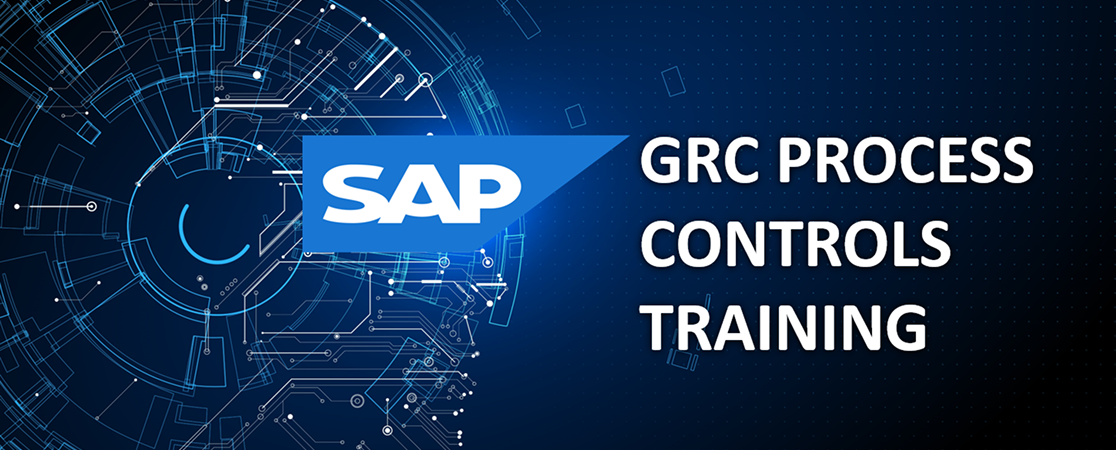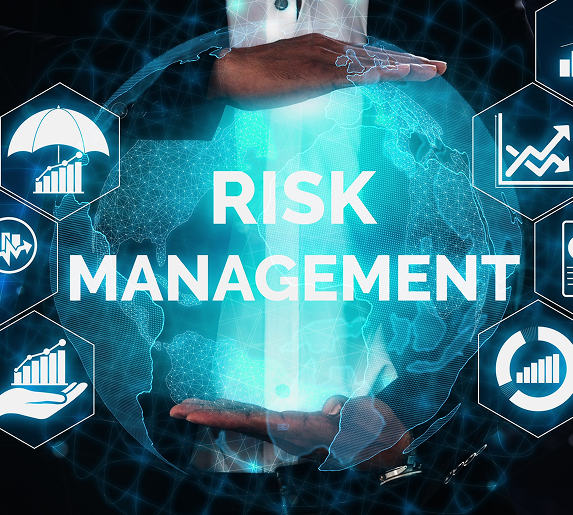This course delves into SAP GRC Process Control, equipping you with the skills to manage and automate governance, risk, and compliance processes within SAP environments. Learn to streamline audits, enforce policies, and ensure regulatory compliance.

Key Learning Objectives
- Understand the principles of Governance, Risk, and Compliance (GRC)
- Master SAP GRC Process Control functionalities
- Automate compliance workflows and controls
- Conduct risk assessments and manage mitigation strategies
- Improve audit efficiency and reporting with SAP GRC
Target Audience
GRC Consultants, Compliance Managers, Internal Auditors, SAP Security Professionals seeking to specialize in GRC.
Course Format
Self-paced online modules with practical exercises and case studies.
Course Duration
Approximately 40 hours of study time.















